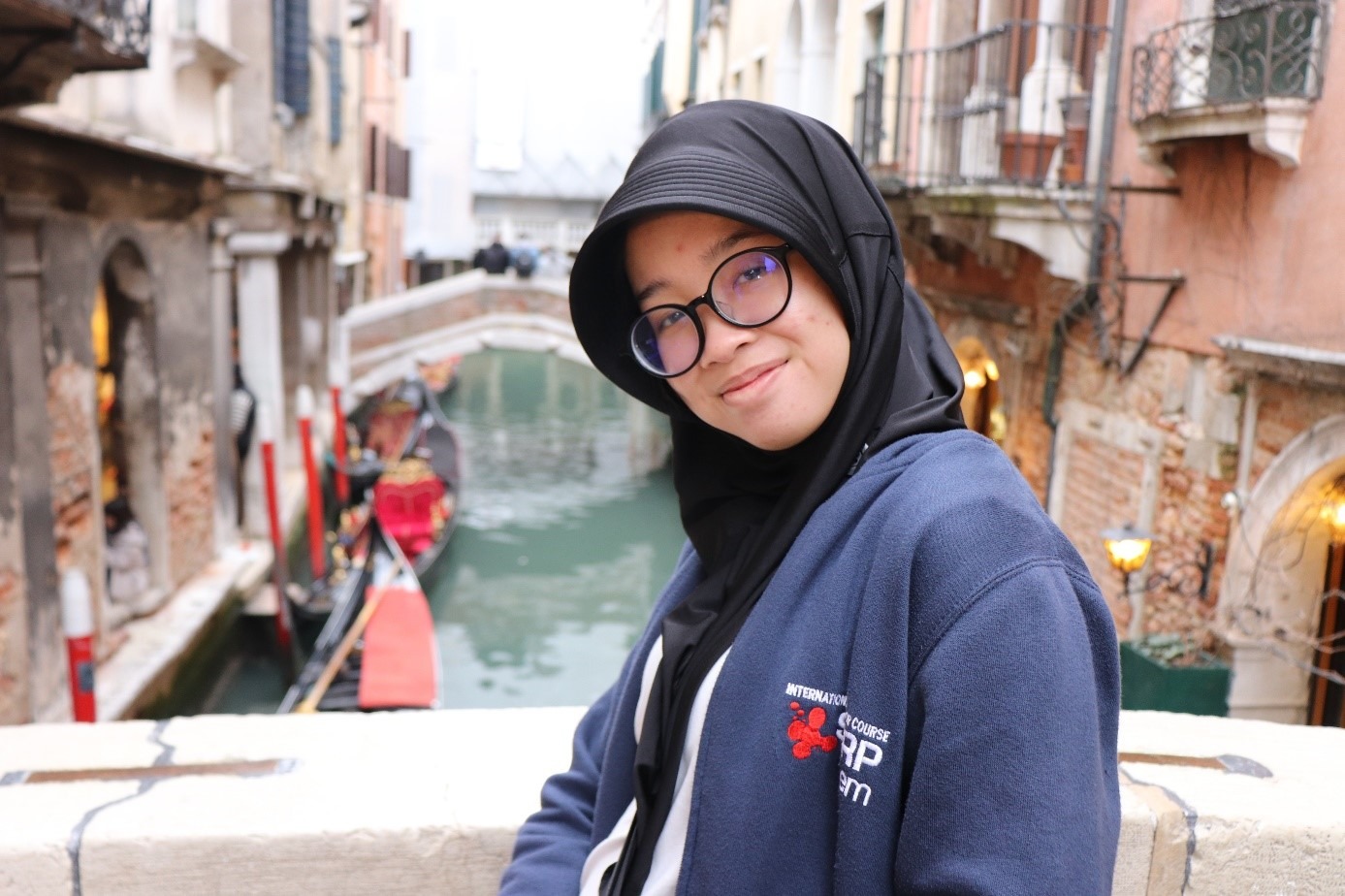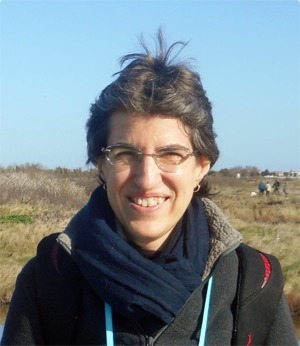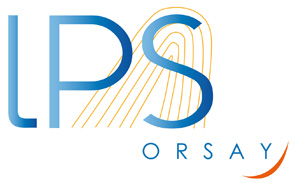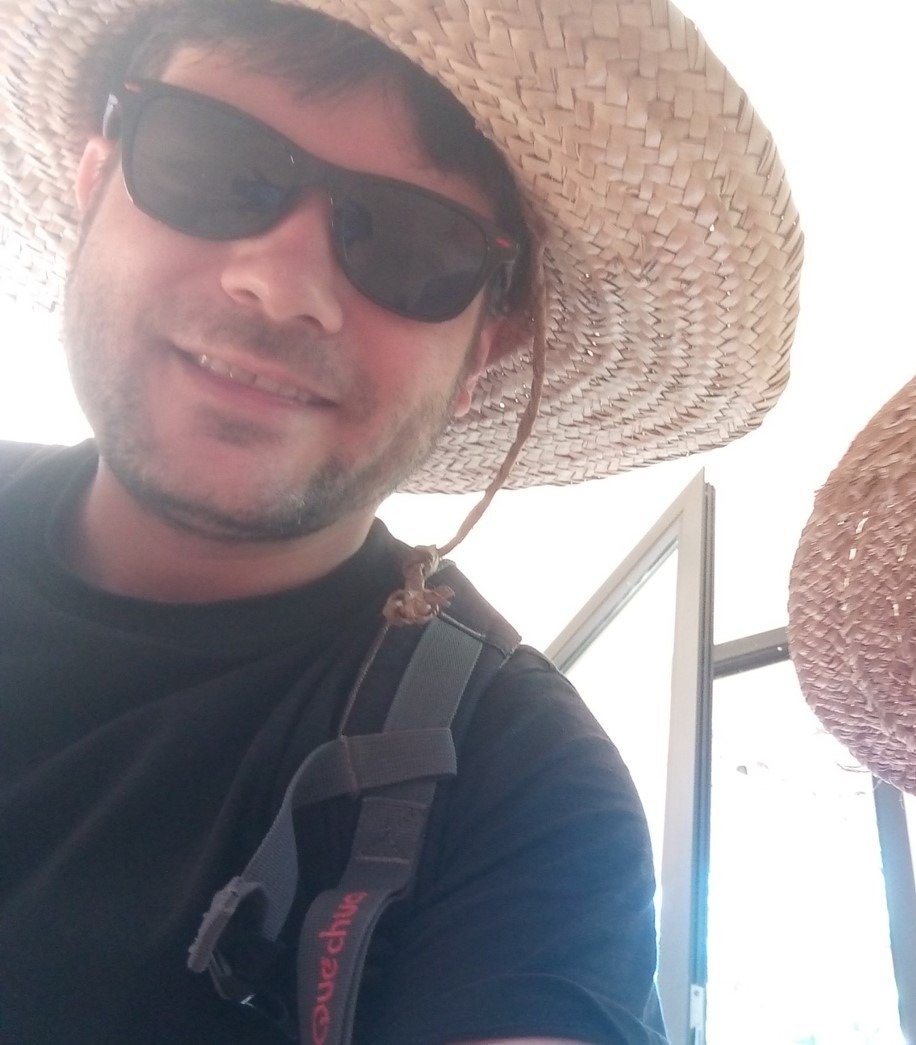Team
Sébastien Marchand
 |
I graduated in 2023 from a double bachelor’s degree in Physics and Chemistry, at Université Paris Cité. Following this, I pursued a master’s degree in Chemistry, specializing in Chemistry for Energy and Nanosciences. During my studies, I learned various skills in nanoparticle synthesis and characterization. Thus in 2025, I joined the Matrix team at the LPS for my M2 internship where I am investigating the growth of colloidal crystals through microfluidic channels and studying the kinetics of their self-assembly. My internship is supervised by Dr. Cyrille Hamon, Dr. Marianne Impéror-Clerc and Jaime Gabriel Trazo. |
Nika Kutalia
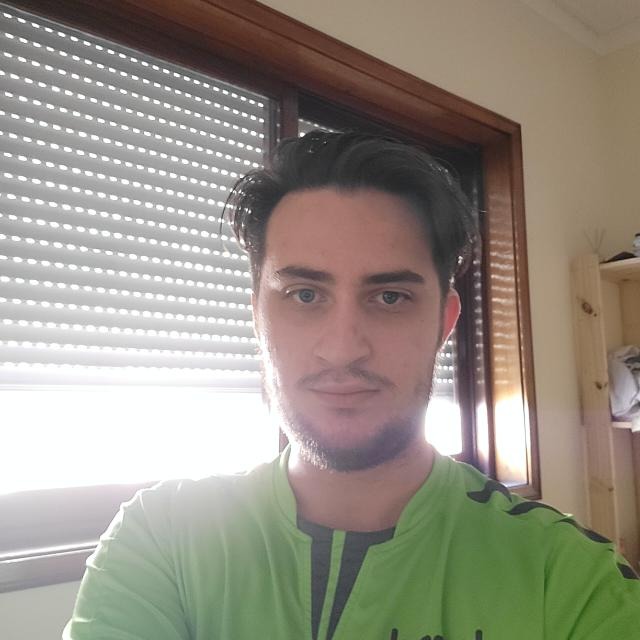 |
I started thinking about chemistry when I participated in international chemistry Olympiad, (ICHO) 48 where I became fascinated about science. Therefore, I studied chemistry at San Diego State University Georgia and obtained bachelor’s degree there. Then, I decided to divert study direction towards physical chemistry and materials science that is why I applied to SERP master program. Currently, I am involved in M2 internship in LPS where I work for the project “Templated Colloidal Crystals with Collective Optical or Magnetic Properties” which is supervised by Dr.Cyrille Hamon and Dr.Marianne Imperor-Clerc.
Currently, I am particularly interested in self-assembly of nanoparticles and how to utilize the properties of nanoparticles in the field of plasmonics/photonics and imaging. |
Jaime Gabriel Trazo
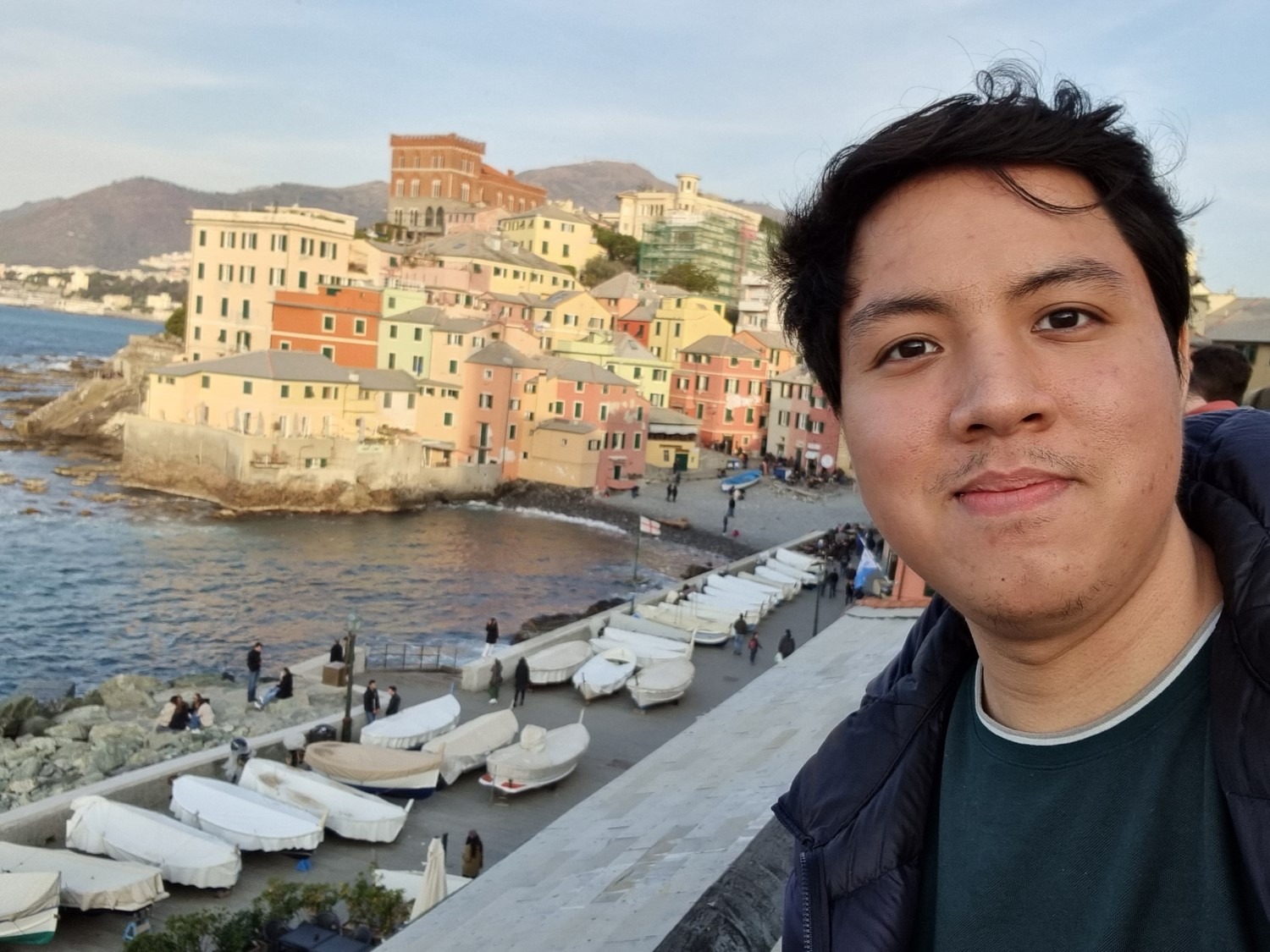 |
Jaime Gabriel Trazo earned his bachelor degrees in Chemistry and in Materials Science and Engineering at the Ateneo de Manila University (2019, 2020), where he worked on formulating green silver nanoparticle inks for printed electronics and on nanocellulose synthesis, under Dr. Jose Mario Diaz and Dr. Erwin Enriquez. He was also a National Awardee at the BPI-DOST Science Awards 2019 in the Philippines.
He then pursued his master’s degree under the Erasmus Mundus SERP+ Program. For his M2 internship, he joined the Laboratoire de Physique des Solides, where he works on the self-assembly of nanoparticles into supercrystals with collective optical/magnetic properties, under Dr. Cyrille Hamon and Dr. Marianne Impéror-Clerc. He obtained a grant from the ED2-MIB doctoral school to continue the adventure at LPS in PhD. |
Claire Hotton
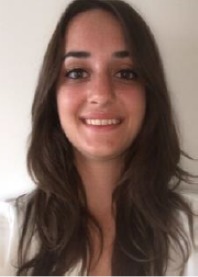 |
Claire Hotton obtained her PhD from Sorbonne University under the supervision of Natalie Malikova in PHENIX laboratory. She worked on the structure and properties of hydrogels based on ionene-type cationic polyelectrolytes and clay nanoplatelets.
She is now joining the Laboratoire of Physique des Solides as a postdoctoral researcher with Cyrille Hamon and Erwan Paineau. Currently, her interest focuses on the self-assembly of colloidal liquid crystals by acoustic levitation.
|
Jules Marcone
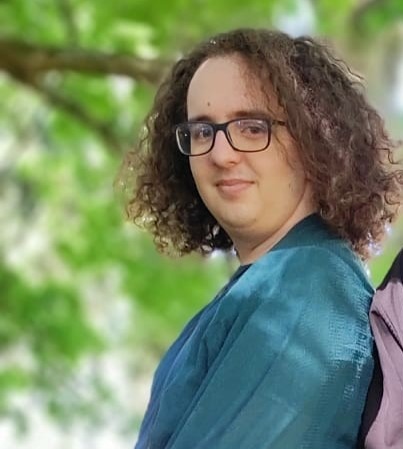 |
Jules Marcone graduated in 2022 from the Paris-Saclay University in 2022 with a Magister of Molecular Physicochemistry, focusing on Inorganic, Physical, and Materials Chemistry. During his study, he developed various skills in characterization methods (SAXS, XRD, SEM, etc.), and also in nanoparticle synthesis and self-assembly.
Jules started his PhD in October 2022 under the supervision of Marianne Impéror-Clerc and Cyrille Hamon at the LPS, on the synthesis and self-assembly of nanoparticles focusing particularly on cobalt nanorods, aiming for collective magnetic properties.
|
Alumni
Claire Hotton (post-doc) 2022-2025
 |
Claire Hotton obtained her PhD from Sorbonne University under the supervision of Natalie Malikova in PHENIX laboratory. She worked on the structure and properties of hydrogels based on ionene-type cationic polyelectrolytes and clay nanoplatelets.
She is now joining the Laboratoire of Physique des Solides as a postdoctoral researcher with Cyrille Hamon and Erwan Paineau. Currently, her interest focuses on the self-assembly of colloidal liquid crystals by acoustic levitation.
|
Rahul Nag (post-doc) - 2023-2024
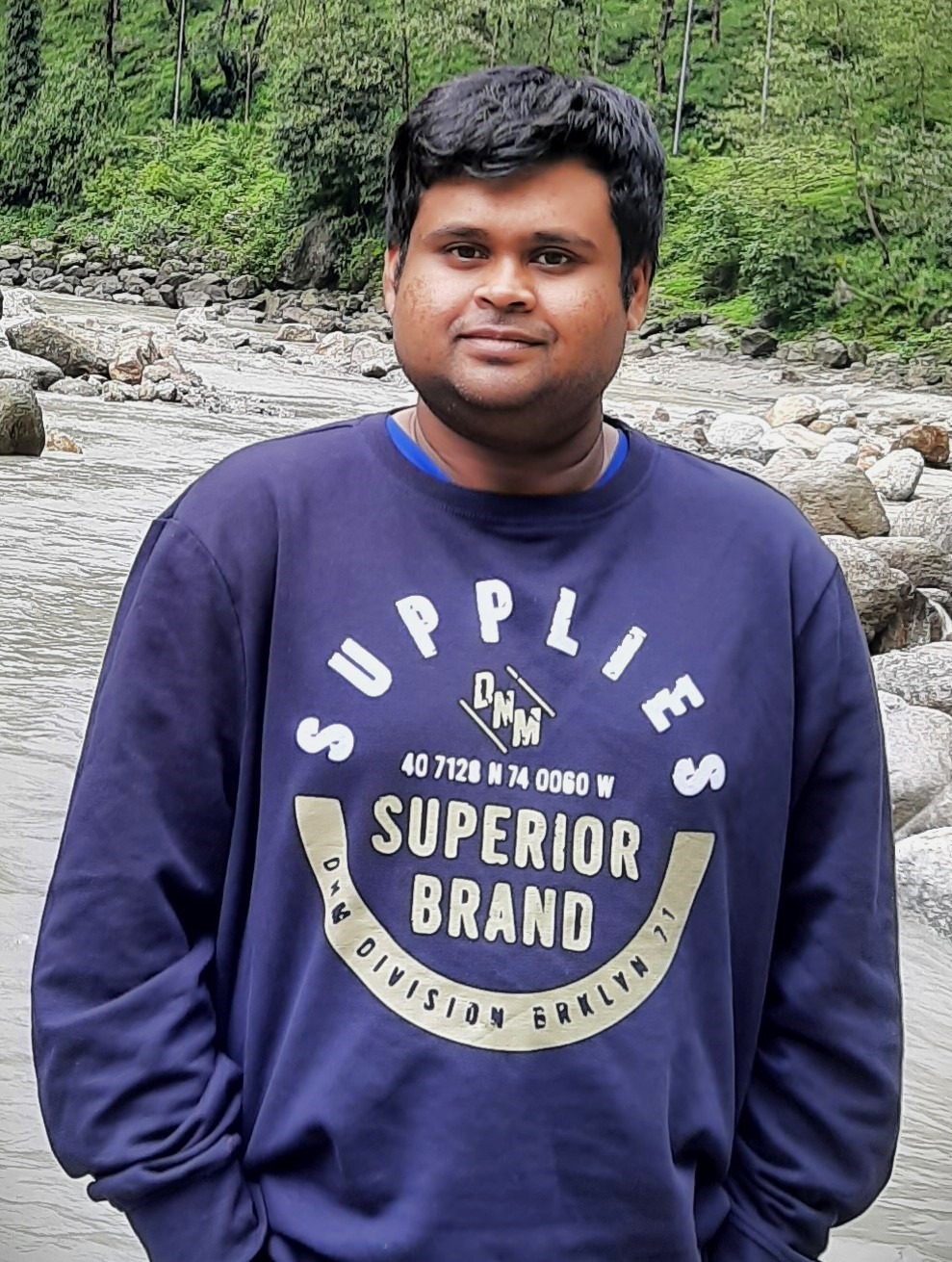 |
Rahul Nag obtained his PhD from IIT Bombay under the supervision of Chebrolu Pulla Rao in Bio-Inorganic Chemistry Laboratory. He worked on the surface functionalization of nanostructures by organic conjugates specially calixarenes which involved applications in sensing, cancer cell killing, catalysis. He did a one-year post-doctoral research in CBMN/University of Bordeaux under the supervision of Emilie Pouget in the Chiral Molecular Assemblies Group led by Reiko Oda. He is joined the Laboratoire of Physique des Solides as a postdoctoral researcher with Cyrille Hamon. Currently, his interest focuses on the synthesis of gold nanostructures controlling their shapes and sizes for possible application in non-linear optics. He is now doing a postdoc at ITODYS (Université Paris-Cité) |
Wajdi Chaâbani (post-doc) - 2020-2022
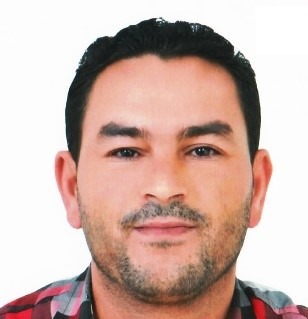 |
Wajdi Chaâbani obtained his Ph.D. from the University of Technology of Troyes (France) and the University of Sciences of Sfax (Sfax, Tunisie) under the supervisions of Jérôme Plain and of Abdallah Chehaidar in July 2019. He was a postdoctoral researcher in IEMN Laboratory (Lille, France) from September 2019 to August 2020. He then joined the Laboratoire de Physique des Solides in Orsay (France) as postdoctoral researcher. Currently, his interest focuses on self-assembling plasmonic nanoparticles in confinement. The nanostructuration will be resolved at the single supercrystal level using an innovative Small Angle X-ray Scattering (SAXS) setup developed on a synchrotron beamline.(SWING, @SOLEIL). He is now doing a postdoc at ITODYS (Université Paris-Cité) |
Jianan Qian (M2) - 2022
 |
I obtained my Bachelor of Engineering in Nano Materials and Technology from Soochow University in China. During my undergraduate study, I worked on several projects related to nanoscaled functional materials for energy conversion and storage under the supervision of Prof. Yanguang Li.
I am now the M2 student from Erasmus Mundus Joint Master program: SERP+. Currently, I am working on my thesis project about self-assembly of colloidal liquid crystal in levitation under the supervision of Dr. Cyrille Hamon and Dr. Erwan Paineau. |
Jieli Lyu (PhD) - 2018-2022
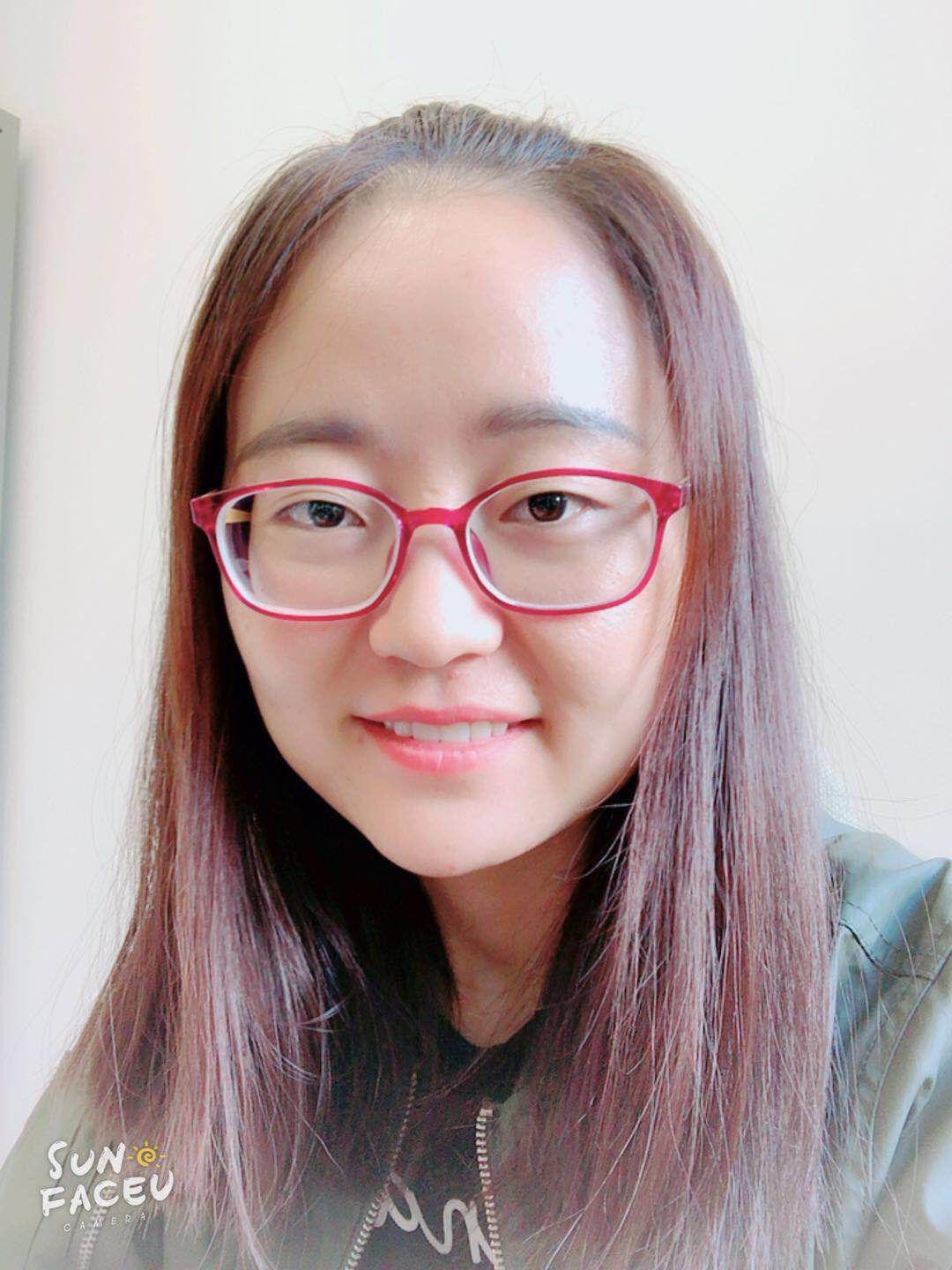 |
Jieli Lyu completed her M.S. degree at the Key Laboratory of Applied Surface and Colloid Chemistry of Shaanxi Normal University. She studied under the supervision of Prof. Junxia Peng and Prof. Yu Fang, and her main research topics were (1) synthesis and characterization of amphiliphic compounds; (2) formulation and performances of the emulsions; (3) emulsion-templated preparation of porous materials and their catalytic performance. She started her PhD in october 2018. Her research interest focuses on nanomaterials with a multiscale organization as well as shedding light on the self-assemblies pathways using light scattering techniques. |
Samantha Roque (M2) - 2021
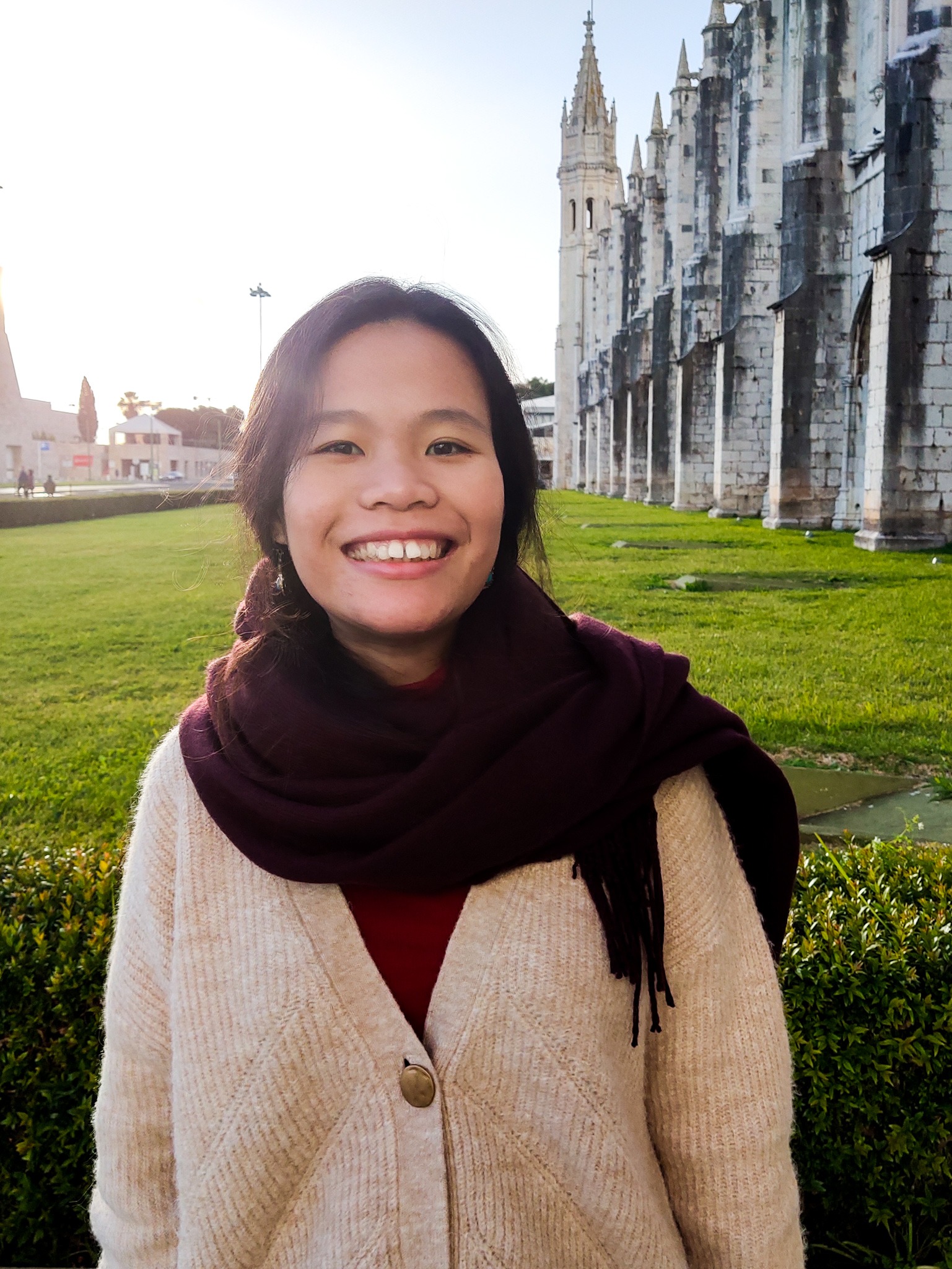 |
|
Masa Johar (M1)- 2021
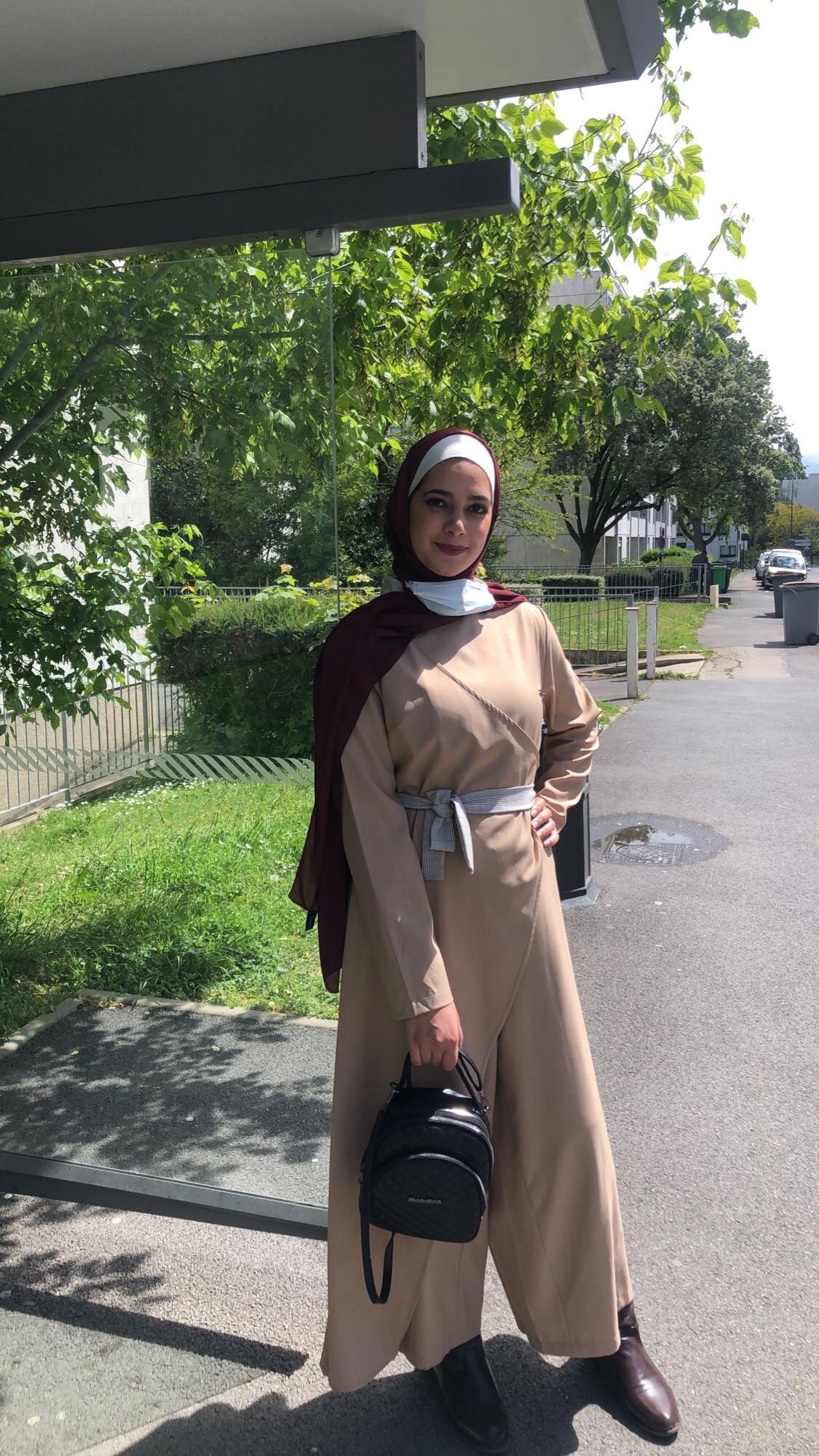 |
Masa Johar graduated from An-Najah National University, Palestine (2020), with a bachelor's degree in Applied Chemistry. She joined University of Paris Saclay in September 2020 to start her master's degree within the Chemistry International Track program for two years.
Currently, she is doing her M1 internship on "Colloidal chemistry of plasmonic triangular nanoplatelets" under supervision of Prof. Cyrille Hamon at the Laboratory of Solid Physics (LPS). Her main motivation is to find the best protocol for synthesizing triangular gold nanoparticles.
Finally, she is looking forward to being a highly skilled researcher enthusiastic about supporting advancements in the nanotechnology world, passionate about increasing knowledge to drive growth and needed improvements related to sustainable developments in Energy, Health and Environment.
She is now doing a PhD at Université Paris Saclay
|
Kinanti Aliyah (M2)- 2019
|
|
Kinanti Hantiyana Aliyah earned her Bachelor of Science in Chemistry from Tohoku University, Japan (2017). She worked in Institute for Materials Research for her bachelor thesis, under supervision of Prof. Hitoshi Miyasaka synthesizing novel building blocks for donor-acceptor metal-organic frameworks. Currently, she is in her second-year master Erasmus Mundus Joint Master Degree SERP+, working on thesis project about synthesis and characterization of anisotropic bimetallic nanoparticles in real time under supervision of Dr. Cyrille Hamon and Dr. Doru Constantin. Additionally, believing education should be accessible to all, she co-founded and actively maintains an online-based knowledge-sharing platform for Indonesians (ajarbelajar.com). Kinanti is now doing her PhD at the Paul Scherrer Institut (Switzerland) |
Marianne Impéror-Clerc
|
|
Marianne Impéror-Clerc has a permanent position at CNRS as ‘directrice de recherche’. She studied Physics at the ENS de Saint-Cloud (1986-1990) where she passed the ‘aggrégation de Physiques’ (1989) before obtaining her PhD (1992) and HdR ‘Habilitation à diriger des recherches’ (2007) at the Université Paris-Sud in Orsay. Her research is devoted to structural studies of self-assembled systems and her favorite experimental tool is Small Angle Scattering using X-rays or neutrons (SAXS and SANS). For example, for mesoporous materials, the control of the architecture of the porosity allows to optimize transport properties. Main goal is to control the nanostructure during the synthesis of such materials. For this, time-resolved scattering experiments allow to follow in real time the formation of the materials and to elucidate the mechanisms involved. Her research thus lies at the frontier between Soft Matter and Materials Chemistry. She is alos regularly involved in activities about Crystallography for education and the general public (http://www.cristallo2014.u-psud.fr/) |
Team MATRIX
|
|
We are all working in the team MATRIX at the Laboratoire de Physique des Solides (LPS) in Orsay. The LPS is part of the vibrating Paris region fostering interaction with fellow researchers and visiting scientist.
LPS website: https://www2.lps.u-psud.fr/ MATRIX team website: https://equipes2.lps.u-psud.fr/matrix/ |
Cyrille Hamon
|
|
Cyrille Hamon obtained his Ph.D. from the University of Rennes 1 (France) under the supervision of Pascale Even-Hernandez and Valérie Marchi in 2013. He was a postdoctoral fellow in Luis Liz-Marzán laboratory (CIC Biomagune, Spain) from 2014 to 2016. He then joined the laboratories of Gaëlle Charron and Pascal Hersen (MSC, Université Paris 7) from 2016 to 2017. He has been appointed in 2017 with a permanent CNRS position in the Laboratoire de Physique des Solides in Orsay. His current interest focuses on devising new plasmonic architectures for sensing applications. |
